Murray River
Personal blog and guide to paddling the Murray River
Key Waypoints and Information
Wild rivers are earth's renegades, defying gravity, dancing to their own tunes, resisting the authority of humans, always chipping away, and eventually always winning.
From a planning perspective, the upper Murray River can be divided into four major sections, covering the walk-in and the upper 141 km of the river. These mountain reaches of the Murray are often referred to by it's Aboringal name, the Indi River.
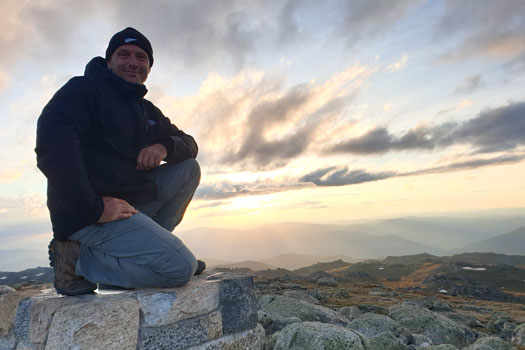
On foot from the summit of Mount Kosciuszko down to the source of the Murray River.
Jindabyne is the last town on the bus timetables and the final major town before embarking on the alpine leg. It has a Woollies and a small general market in town to stock up on supplies.
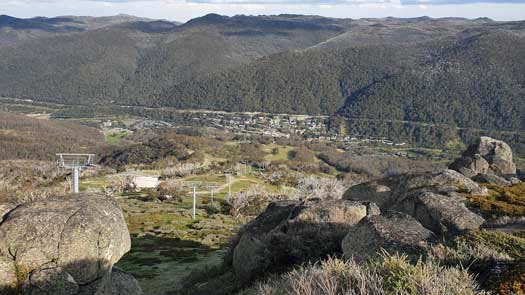
The Foodworks in Thredbo is the last supply stop until the small general store in Jingellic, which is 285 km away. It is recommended that you stock up in Thredbo unless you are able to coordinate a supply drop along the way. At Bringenbrong Bridge you could try and hitch to the IGA in Corryong, Victoria, which is 13 km from the river.
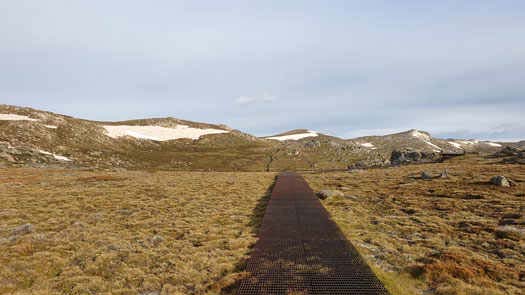
The official starting point for the summit to sea is unsurprisingly the summit of Mount Kosciuszko.
While this is just an optional detour on any source to sea trip, it is highly recommened detour to the highest point in Australia that offers stunning views and amazing unique flora.
If you choose to start from here, you can decide whether or not to take the chairlift to the top. Since the summit is considered to be the real starting point, the chairlift does not matter to the overall scheme of things. However, hiking to the top without taking the chairlift will make the journey feel more pure.
With the car parked at Thredbo, this will be a loop to the summit starting from Thredbo and up to the summit (13 km), before heading down Dead Horse Gap trail (5 km), linking back to the car using the Thredbo River Track (4 km).

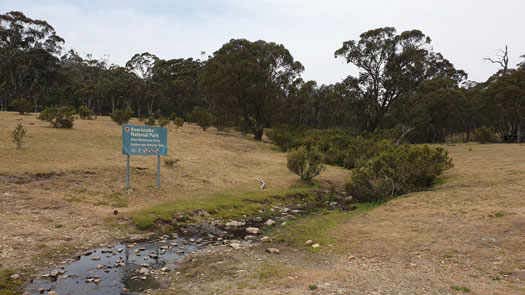
Cowombat Flat is located near the source of the Murray River. Cowombat comes from the local diaect meaning "woman", a fitting name for the birthplace of Australia's greatest river!

This is an easy-to-navigate fire trail that leads past the Cascade Huts to the Tin Mine huts.
The Cascade Trail ends at Tin Mine Huts, and the Cowombat Trail that heads southwest from here leads directly to Cowombat Flat, which is the source of the Murray River.
These trails are part of the Australian Alps Walking Track (AAWT), which is an alternative longer trek that leads down to Cowombat Flat.
There is an old fire trail that leaves Snow Gums Trail and heads directly down the ridgeline towards Limestone Creek. This does not go all the way down and you will encountered thick bush on steep and unstable terrain if you attempt it. Long pants and gaiters are highly recommended when navigating off-trail.
The Indi Springs are the de facto source for the Murray River, as it is the closest tributary to Cape Howe. A pipe was placed here by the RMIT survey group in 2006 during a survey of the start of the Black-Allan line.
For more detailed info about finding the source can be found here.
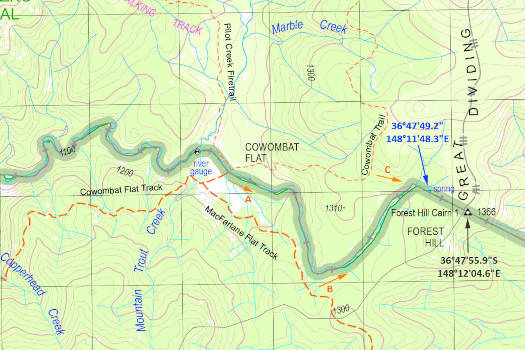
The stretch of the upper Murray River from the source down to Tom Groggin is the biggest unknown on my trip. Thoughts of impenetrable bush, dangerous floodwaters, or even snow could have made this a very intrepid journey.
What I found in early summer was an easily passable small mountain stream with some log jams, rocky outcrops and thick surrounding bush. There were a lot of animal trails due to the high number of feral horses that made detours away from the creek easy.
The trip down from Cowombat Flat involves walking down the Murray River itself, with the exception of scrambling around a small number of waterfalls and deep pools.
The walk is rated as Grade 5, the most difficult of the hiking grades, but it is at the easier end of the scale, with a number of easy scrambles and several deeper pools to navigate (depth of 1.3 m or greater).
Ensuring your gear is safely waterproofed in dry bags or holding your pack above your head will allow you to avoid tricky scrambles around the rocky edge of some of the deeper pools.
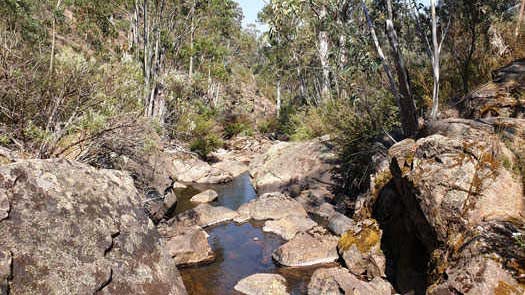
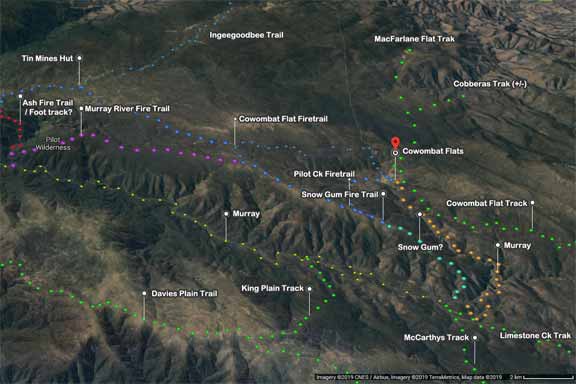
This is the longest section in the Pilot Wilderness Area, where my plan was to use a packraft to kayak down the Murray River with an optimistic goal of just two days.
With a good flow and whitewater experience, this section would only take one to two days to complete the 49 km distance. However, the worst-case estimate is as much as seven long days to traverse this 70 km section of the river.
It is important to note that without any flotation device (kayak / raft / lilo), trekking this section can be difficult in places due to fairly deep pools, steep rocky outcrops and frigid water temperatures.
River Data
A water level of at least 0.5m and flow of 500 ML/day are the likely good base levels as measured at the Biggara gauge. It is uncertain whether higher flood flows would wash out the rapids, but it would be more dangerous with the log jams.
Please note that the actual flow at the Poplars would be only about 10 to 20% of the flow seen at Biggara.
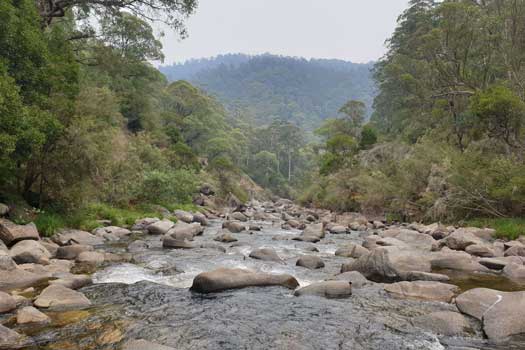
Raft or walk?
Grade IV rapids would be a risky trip solo so I was contemplating either a guided raft trip or walking an extra 50 km along Harrington's Track.
A guided tour of the gorge would make the logistics should be fairly easy to finish this leg off. Otherwise, it will be traversing the gorge solo somehow, then hitchhiking the 80 km back to the car or vice versa.
River Data
A water level of at least 0.8m for the gorge is recommended for a true whitewater experience, which roughly corresponds to a height of 0.45m at Biggara.
Refer to the Biggara gauge for the current level and planning page for previous trip analysis of water flows.
Along this section of the river, there are a series of deep pools and occasional Grade II rapids, with a single Grade III drop known as "Riley's Ride", a tricky single drop with a large stopper at the bottom.
This marks the last easy take-out point before the Murray River Gorge and the start of the Harrington's track on the Victorian side of the river, which offers an alternate route to bypass the Grade III+ to IV rapids.
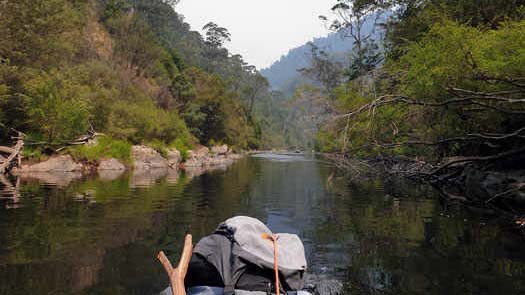
This marks the beginning of the more challenging whitewater section of Grade III+ to IV rapids.
A more detailed guide on navigating the Murray Gates section can be found here.
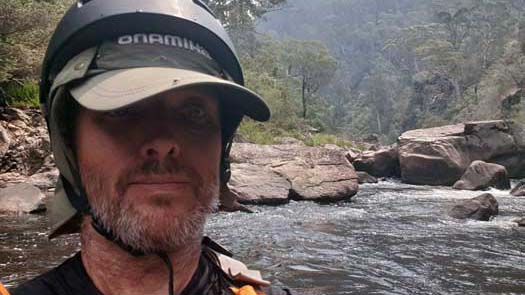
This is a common starting point for those who choose to skip the upper sections.
The additional flow generated from the waters of the Swampy Plains River changes the nature of the trip instantly, transforming it from a mountain creek to a true river.
Many start their trip at Khancoban paddling down the Swampy Plains River.
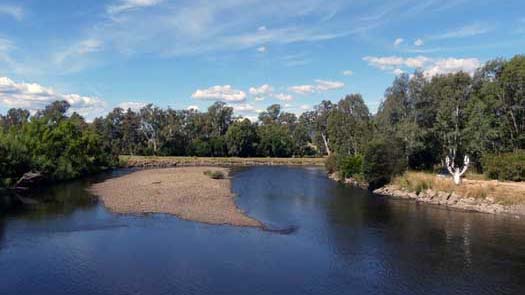
©2026 Alan Davison // Credit // Disclaimer
There was a total of 180 km hiking Mt Kosciuszko down to the source with a gear drop to Limestone Creek. Due to low flows, I walked an additional 43 km down the Murray dragging the kayak with only about 82 km actual paddling. If I had travelled from the start to finish in good conditions and no gear drop, then I would have been looking at approximately 55 km on trails, 15 km off trails and 125 km kayaking!